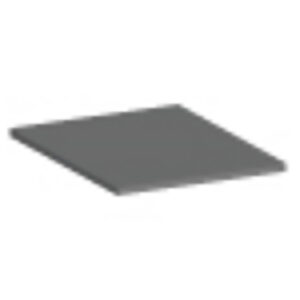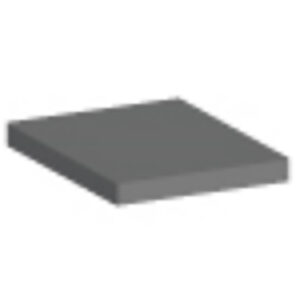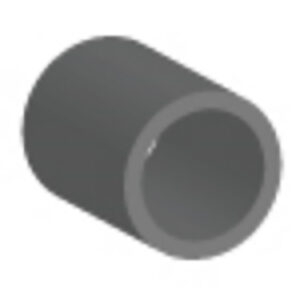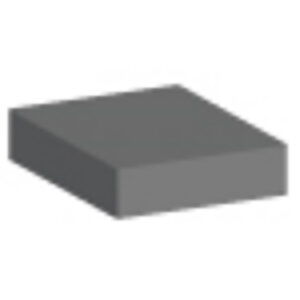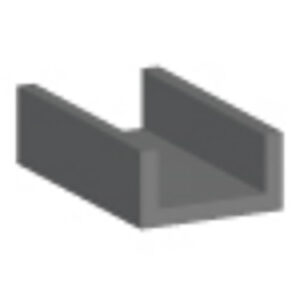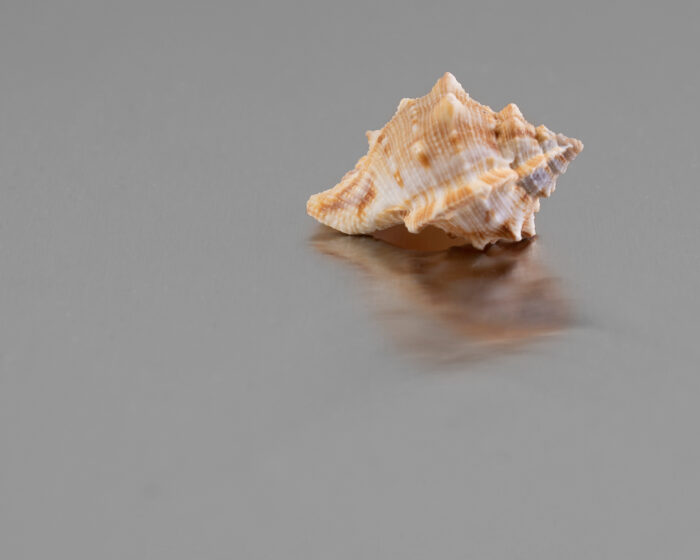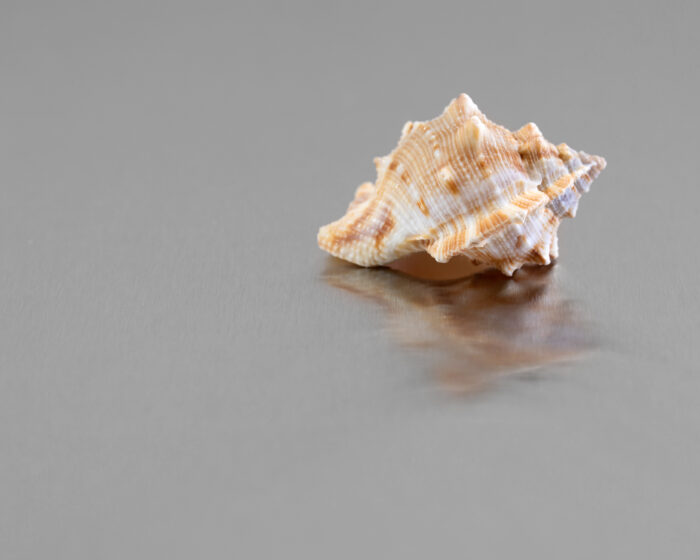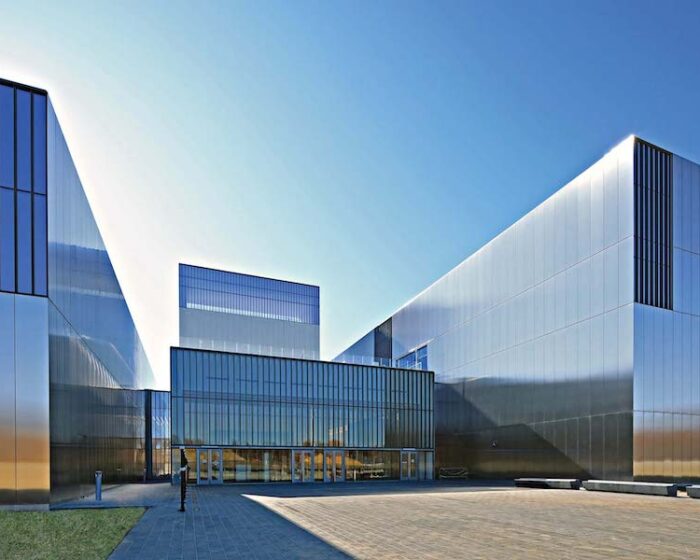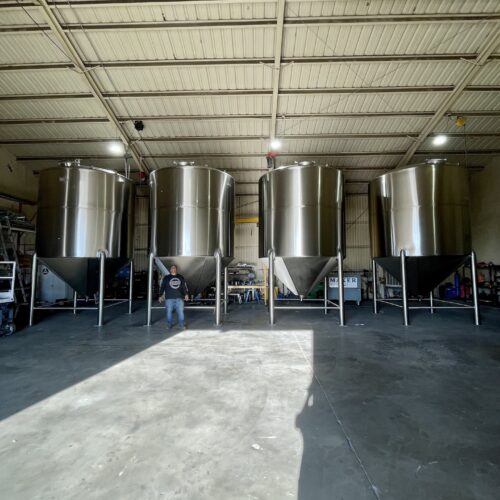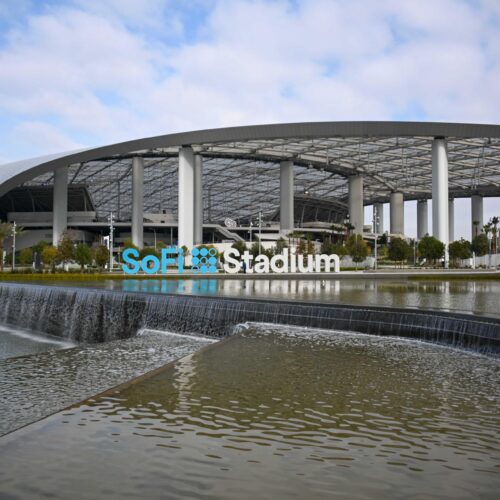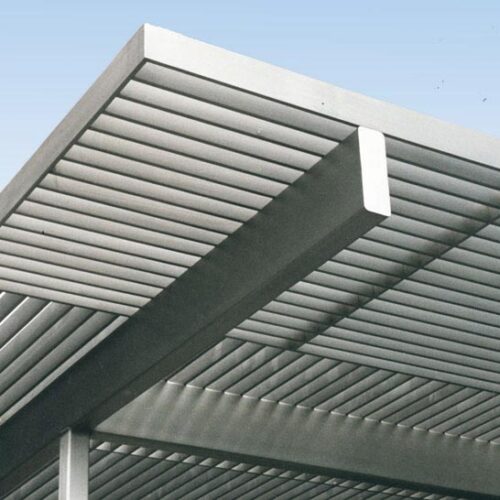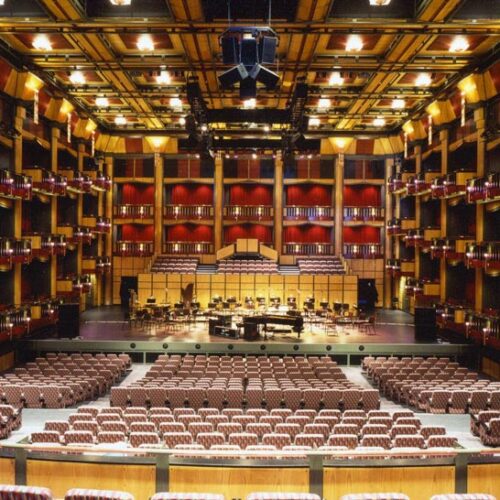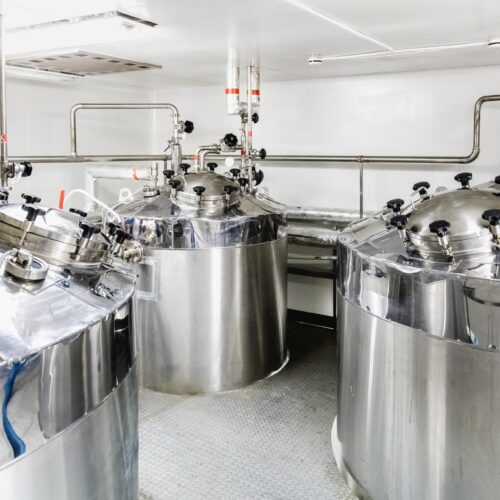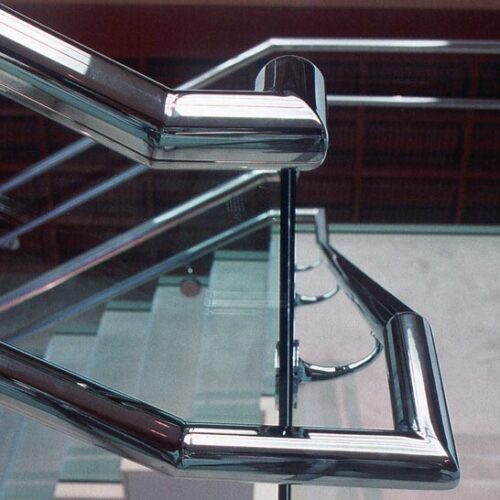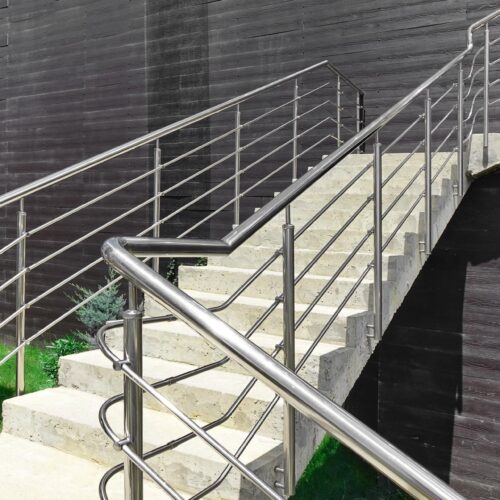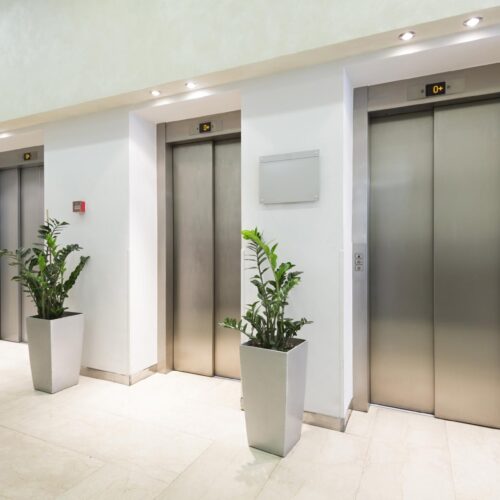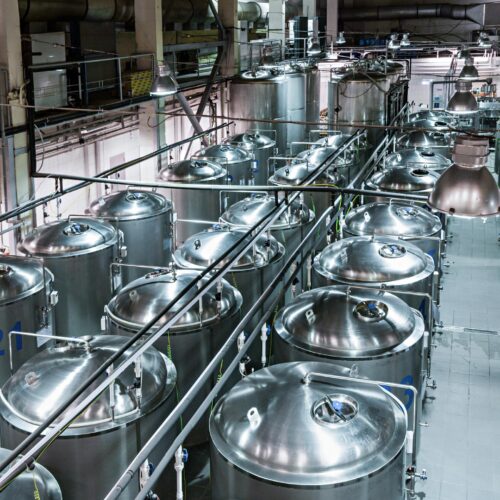304
Grade 304 stainless steel is the most common variety of stainless. An austenitic alloy, 304 contains 18% chromium and 8% nickel. It offers good corrosion resistance and is readily formed, both characteristics that have made it a highly popular metal option.
You’ll commonly find 304 stainless steel in a variety of situations and use cases, including the automotive industry, appliances, sculptures, sheet metal fabrication, storefronts and signage, and much more. This flexible variety of stainless steel is amenable to many different finishes.
316
Also an austenitic alloy, grade 316 stainless steel contains 16% chromium, 10% nickel, and 2% Molybdenum. With a higher nickel content and the added use of Molybdenum, 316 offers supreme corrosion resistance—much higher than that of 304.
316 is often used in situations where contact with seawater or other brine solutions is likely or expected. This form of stainless steel is commonly used in many of the same situations as 304, but particularly in marine environments, such as storefronts on or near the waterfront, as well as for marine hardware and pharmaceutical use cases.
430
Grade 430 stainless steel is a ferritic alloy containing 16% chromium and no nickel. The lack of nickel lends this alloy only basic resistance to corrosion that falls well short of alloys in the 300 grade.
430 stainless steel is put to use in similar situations as 304 stainless steel, but at a much lower cost due to its lack of corrosion resistance and limited forming and welding characteristics.
Duplex
As the name suggests, duplex stainless steels contain a combination of stainless steel alloys, with both ferrite and austenite alloys within their structure. These alloys typically have more strength and corrosion resistance than austenitic alloys and greater toughness than ferritic stainless steels.
Because these alloys are composed of multiple stainless steels, their specific corrosion resistance can vary depending on the specific alloys used in their composition. This also means duplex stainless steel comes with a wide range of finishes. Duplex alloys are typically categorized as either Lean Duplex, Standard Duplex, or Superduplex.


